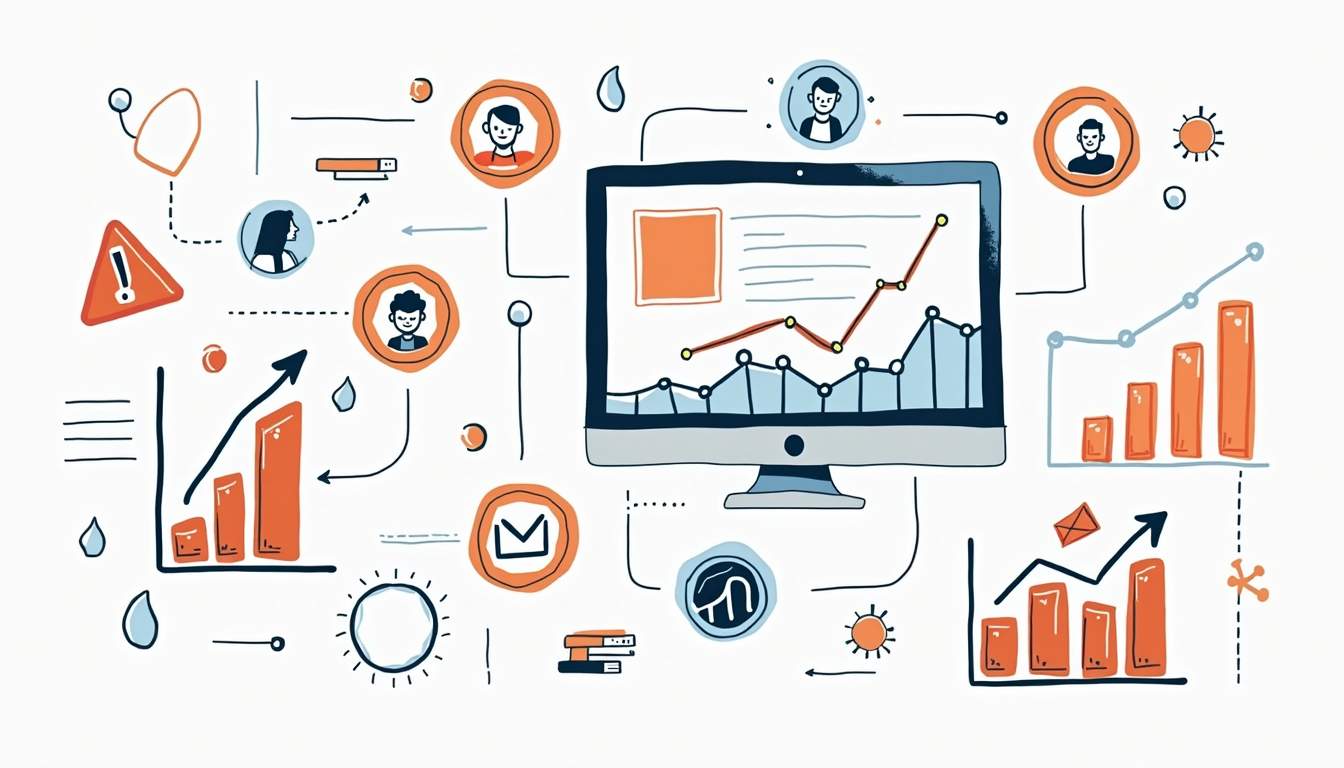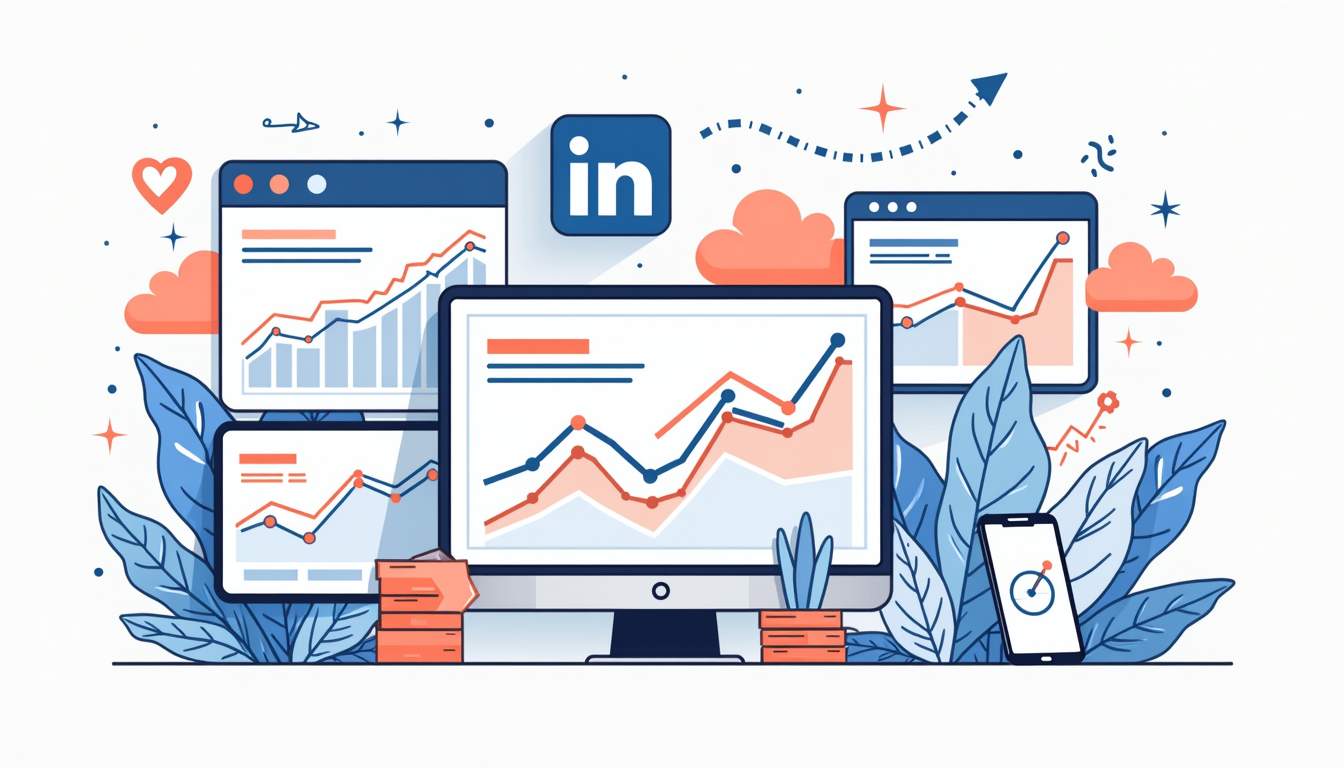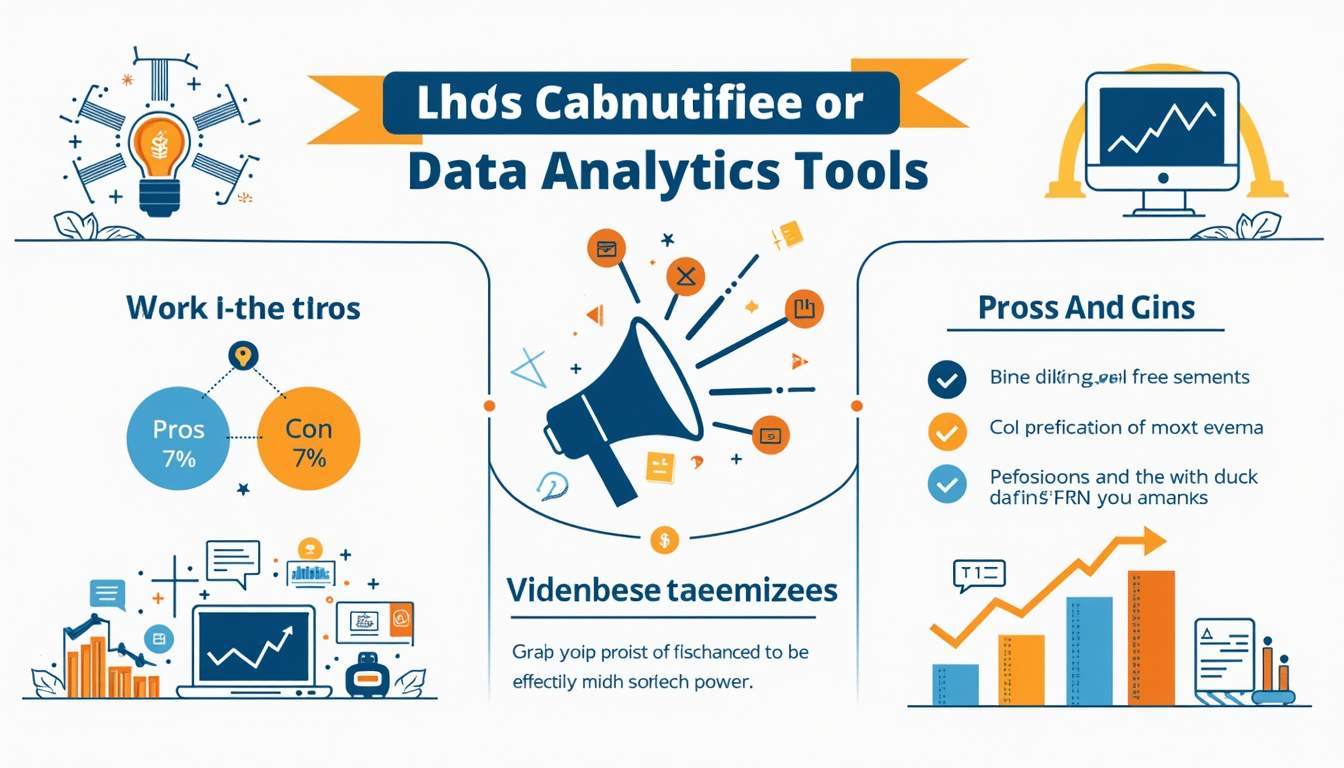LinkedIn has been recognized as a premier platform for B2B marketing, particularly for businesses offering data analytics tools. However, understanding the cost associated with advertising on LinkedIn is crucial for budgeting and planning effective marketing strategies. This article will delve deep into the costs involved in LinkedIn advertising, specifically tailored towards business data analytics tools.
Understanding LinkedIn Advertising Costs
The cost of advertising on LinkedIn can vary significantly based on numerous factors, making it essential to grasp the pricing structure before diving in. LinkedIn operates on a bidding system, where advertisers set a budget based on their goals and target audience.
Breakdown of LinkedIn’s Ad Pricing Models
LinkedIn offers several pricing models, including:
- CPC (Cost Per Click): Advertisers pay each time a user clicks on their ad.
- CPM (Cost Per Impression): Advertisers pay based on the number of times their ad is displayed.
- Cost Per Send: Used primarily for Sponsored InMail messages, where advertisers pay per message sent to a user’s inbox.
Each model serves different advertising objectives. CPC is favored for driving traffic and conversions, whereas CPM is ideal for brand visibility. Additionally, the Cost Per Send model can be particularly effective for personalized outreach, allowing businesses to engage directly with potential clients in a more intimate manner. This approach can lead to higher engagement rates, as recipients are more likely to open and read messages that appear tailored to their interests.
Factors Influencing the Cost of LinkedIn Ads
Several factors influence the overall cost of LinkedIn ads:
- Target Audience: The more niche the audience, the higher the bidding competition, which can raise costs.
- Ad Format: Different formats such as text ads, image ads, and video ads come with varying costs.
- Location: Advertising to audiences in countries with higher purchasing power may lead to increased costs.
Understanding these factors can help advertisers optimize their strategy to achieve the best results without overspending. For instance, utilizing LinkedIn’s robust targeting options allows advertisers to hone in on specific industries, job titles, or even companies, which can significantly impact the effectiveness of their campaigns. Moreover, testing different ad formats can reveal which resonate best with the intended audience, potentially leading to lower costs per engagement.
Another crucial element to consider is the timing of the ad campaigns. Certain times of the year, such as during industry conferences or fiscal year-end, may see increased competition for ad space, driving up costs. Conversely, running campaigns during off-peak times could yield more favorable rates and better visibility. By strategically planning the timing of their ads, marketers can maximize their return on investment and ensure their messages reach the right people at the right moment.
Advertising Business Data Analytics Tools on LinkedIn
For businesses focused on data analytics tools, LinkedIn provides a unique opportunity to connect with decision-makers and professionals in various industries. However, it’s essential to craft a compelling advertising strategy to effectively reach this audience.

Why Advertise Data Analytics Tools on LinkedIn?
LinkedIn users primarily consist of professionals and businesses, making it an ideal platform for advertising B2B services like data analytics tools. By targeting business professionals, advertisers can ensure that their message resonates with potential buyers who are often in decision-making positions.
Moreover, LinkedIn’s professional environment fosters credibility, enabling businesses to showcase their products and services effectively. The platform also allows for the sharing of valuable content, such as case studies and white papers, which can further establish authority in the field of data analytics. This not only enhances brand visibility but also builds trust with prospective clients who are seeking reliable solutions to their data challenges.
Targeting the Right Audience for Data Analytics Tools
One of the primary strengths of LinkedIn advertising is its advanced targeting options. Advertisers can target users based on job title, industry, company size, and even specific skills, ensuring that their ads reach the most relevant audience.
To maximize effectiveness, it is critical to define the target audience and customize the messaging to address their specific needs and pain points regarding data analytics. For instance, a company offering predictive analytics tools might focus on industries like finance or healthcare, where data-driven decision-making is crucial. Additionally, leveraging LinkedIn’s analytics tools can help track engagement and refine targeting strategies over time, allowing businesses to adapt their campaigns based on real-time feedback and performance metrics.
Optimizing Your LinkedIn Ad Spend
Once your LinkedIn advertising strategy is up and running, it becomes vital to monitor and optimize your ad spend to ensure you’re getting the most value from your investment.

Best Practices for LinkedIn Ad Creation
Creating high-quality ads is crucial for attracting the intended audience. Here are some best practices:
- High-Quality Visuals: Use professional images or graphics that reflect your brand and product effectively.
- Compelling Copy: Write concise, persuasive copy that highlights the benefits of your data analytics tool.
- Strong Call-to-Action: Encourage users to take action, whether it’s signing up for a demo, downloading a whitepaper, or visiting your website.
By focusing on these areas, businesses can create engaging advertisements that resonate with their audience, leading to better performance. Moreover, it’s important to keep your target demographic in mind when designing your ads. Tailoring your visuals and messaging to appeal specifically to the interests and pain points of your audience can significantly enhance engagement rates. Utilizing LinkedIn’s targeting features allows you to reach professionals based on industry, job title, and even company size, ensuring that your ads are seen by the right people.
Strategies for Maximizing ROI on LinkedIn Ads
Maximizing return on investment (ROI) is essential for any advertising campaign. One effective strategy is to conduct A/B testing, where different versions of ads are tested to see which performs better.
Additionally, regularly reviewing analytics reports can offer insights into audience engagement and ad performance, enabling you to adjust targeting and budgeting to get more from your campaign. It’s also beneficial to leverage retargeting strategies; by reaching out to users who have previously interacted with your content or visited your website, you can nurture leads and increase the likelihood of conversion. Furthermore, consider integrating LinkedIn Lead Gen Forms into your ads, which allow potential customers to submit their information without leaving the platform, streamlining the process and enhancing user experience.
Comparing LinkedIn Advertising with Other Social Media Platforms
Understanding how LinkedIn advertising stacks up against other social media platforms can help businesses determine where to allocate their ad budget effectively.
LinkedIn vs. Facebook: Advertising Costs and Benefits
While Facebook boasts a larger user base, LinkedIn’s users are generally more focused on professional growth and B2B interactions. LinkedIn ads tend to have higher costs per click, but they also offer more targeted professional audiences.
The choice between the two depends on the advertising goals and the target audience. Businesses leaning towards B2B may find LinkedIn more beneficial, despite potential higher costs, while B2C companies might lean towards Facebook for broader reach. Additionally, LinkedIn allows for more precise targeting options based on industry, job title, and company size, which can be invaluable for businesses looking to connect with decision-makers. This level of specificity can lead to higher conversion rates, making every dollar spent more impactful for B2B campaigns.
LinkedIn vs. Twitter: Advertising Costs and Benefits
Twitter offers quick exposure through its fast-paced feed; however, LinkedIn provides a more concentrated environment for professionals. While Twitter may be cheaper regarding ad spend, LinkedIn often yields higher-quality leads due to its targeted professional audience.
Moreover, LinkedIn’s ad formats, such as Sponsored InMail and Lead Gen Forms, are tailored for deeper engagement and can facilitate direct communication with potential clients. This contrasts with Twitter’s more transient nature, where tweets can quickly get buried in a user’s timeline. For brands that prioritize long-term relationships and nurturing leads, LinkedIn’s environment is particularly advantageous. Additionally, the ability to showcase thought leadership through articles and posts on LinkedIn can enhance brand credibility and attract a more engaged audience, further solidifying its position as a preferred platform for professional advertising.
Conclusion: Is LinkedIn Advertising Worth the Cost for Data Analytics Tools?
As businesses evaluate their advertising options, the cost associated with LinkedIn advertising versus the potential return should be carefully considered. For companies offering data analytics tools, the platform’s ability to reach a targeted professional audience can often justify the investment.

Evaluating the Effectiveness of LinkedIn Advertising
To determine if LinkedIn advertising is worth the cost, businesses should evaluate their campaign performance regularly. Metrics such as click-through rates, conversion rates, and cost per lead can provide valuable insights into the effectiveness of ads.
Making the Decision: LinkedIn Advertising for Your Business
In conclusion, advertising business data analytics tools on LinkedIn can indeed be worthwhile. By understanding the costs, optimizing ad spend, and targeting the right audience, businesses can effectively navigate LinkedIn’s advertising landscape to achieve their marketing goals. This strategic approach will lead to improved visibility and potentially higher revenue from targeted clientele.